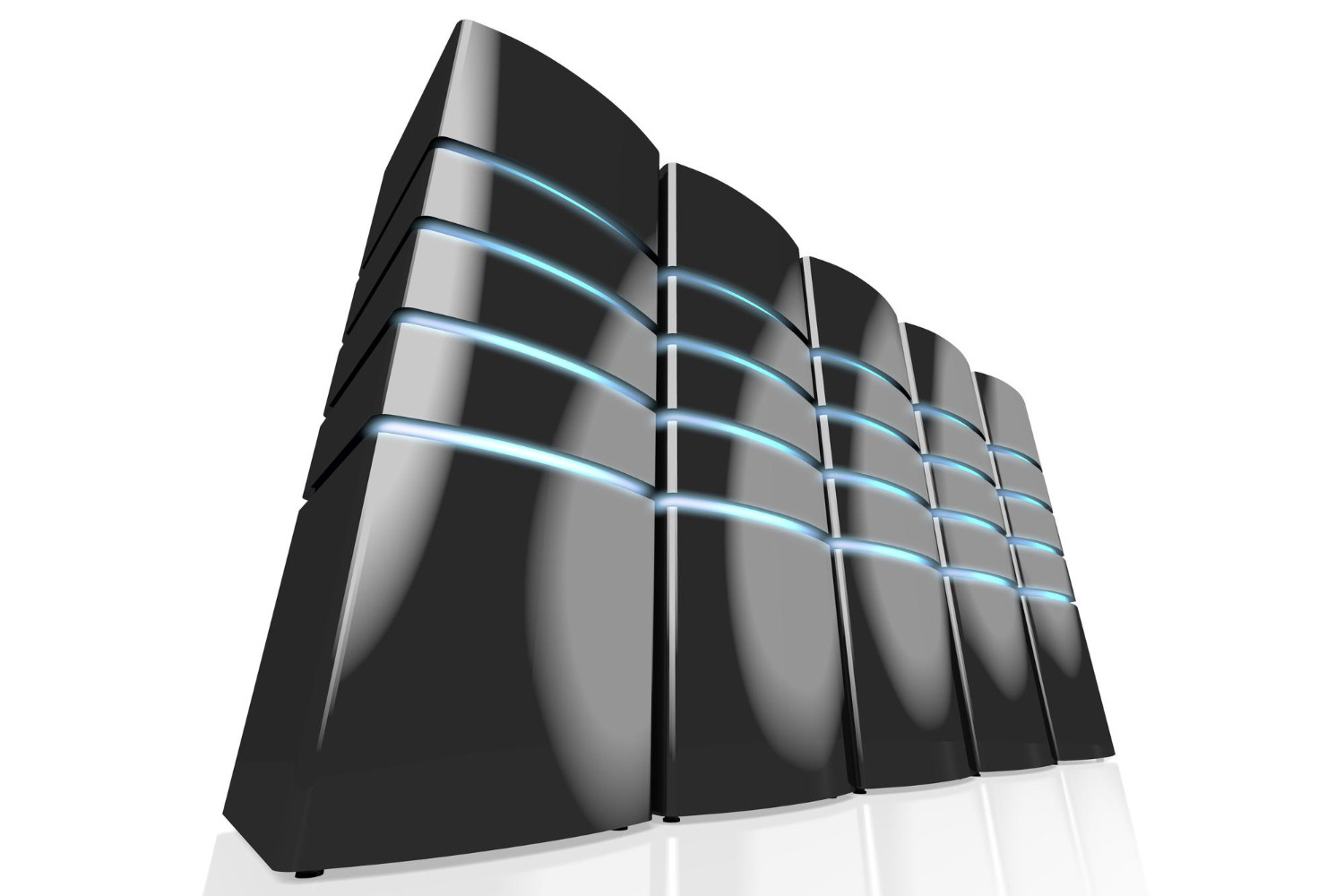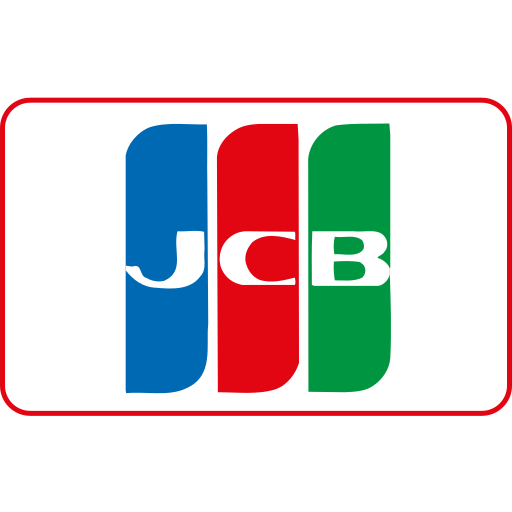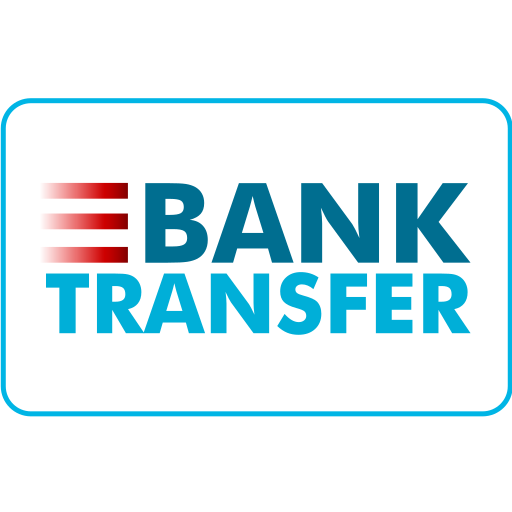
Introduction to RAID Technology
Welcome to tonight’s class on RAID configurations! Today, we’re going to explore the pros and cons of RAID 10 versus RAID 1. Many of you might have heard about RAID as a means to improve storage reliability, speed, or both, and it’s commonly used in both personal and business settings. In the bustling tech environment of Singapore, where businesses big and small rely heavily on data integrity and performance, understanding RAID is crucial.
RAID stands for Redundant Array of Independent Disks. It’s a data storage technology that combines multiple physical disk drives into one logical unit for purposes of data redundancy, performance improvement, or both. RAID is particularly useful for businesses that cannot afford data loss or downtime.
Understanding RAID 1
RAID 1, also known as mirroring, is one of the simplest RAID configurations. It mirrors the exact same data on two or more disks. So, if one disk fails, the system can continue to operate using the other disk(s) without data loss or downtime.
- How it works: Data is written identically to two drives. The system can read data from either drive.
- Number of disks required: Minimum of 2 drives.
- Storage efficiency: 50% — half of your total disk space is used for mirroring.
Let me give you an example from a Singapore-based small business owner. Mr. Tan, who runs a local accounting firm, wanted to ensure client data was safe without investing a fortune. RAID 1 offered him redundancy with minimal complexity and cost.
Understanding RAID 10
RAID 10 combines mirroring and striping techniques and is often called RAID 1+0. It requires a minimum of four disks and provides both redundancy and improved performance.
- How it works: Data is striped across pairs of mirrored disks.
- Number of disks required: Minimum of 4 drives, usually in pairs.
- Storage efficiency: 50% — similar to RAID 1, half the total capacity is for redundancy.
For businesses needing higher performance and protection, RAID 10 is an excellent choice. An example is a Singaporean e-commerce retailer needing fast transactional processing and robust data protection during sales events.
Table Comparing RAID 1 and RAID 10
| Feature | RAID 1 | RAID 10 |
|---|---|---|
| Minimum Number of Disks | 2 | 4 |
| Storage Efficiency | 50% | 50% |
| Redundancy | Mirroring — protects against single disk failure | Mirroring + Striping — can protect against multiple disk failures if not in the same mirrored pair |
| Performance (Read) | Good — can read from either disk | Excellent — striping improves read speed significantly |
| Performance (Write) | Good — writes to both disks simultaneously | Better — striping and mirroring balance write speed and redundancy |
| Complexity | Simple to set up and manage | More complex; requires more disks and control |
| Cost (Singapore Market) | Lower due to fewer disks; approx. SGD 300 for 2 x 1TB HDD | Higher due to more disks; approx. SGD 600 for 4 x 1TB HDD |
| Use Cases | Small businesses, personal backups | High performance and fault-tolerant systems |
Pros of RAID 1
- Data redundancy: Your data is safe when one disk fails.
- Simple setup: Easier to implement with fewer disks.
- Cost-effective: Lower initial investment compared to RAID 10.
- Good read speeds: System can read from either disk, sometimes doubling read speed.
Cons of RAID 1
- Limited write performance: Data must be written twice, which may slow down writing.
- Storage capacity: You lose 50% capacity to mirroring.
- Limited fault tolerance: If two disks fail (outside of mirrored pair), data loss can occur.
Pros of RAID 10
- Superior performance: Striping boosts read/write speeds significantly.
- High redundancy: Can survive multiple disk failures (depending on which disks fail).
- Better write speeds: Striping lessens the write penalty seen in RAID 1.
Cons of RAID 10
- Higher cost: At least double the number of disks required compared to RAID 1.
- Complexity: Setup and management require more technical knowledge.
- Reduced usable capacity: Like RAID 1, only 50% total storage is usable.
Considering Singapore’s Data Environment and Budget Implications
In Singapore, data protection regulations like the Personal Data Protection Act (PDPA) emphasize the importance of reliable data backup and security. For local businesses and startups, making the right storage choice balances between cost, performance, and redundancy.
When comparing costs, consider this real-world example: Purchasing 2 x 1TB SATA Hard Drives for RAID 1 will set you back about SGD 300 at local electronics stores like Sim Lim Square. Meanwhile, 4 x 1TB drives for RAID 10 may cost around SGD 600, doubling your upfront hardware investment.
However, the decision isn’t only about upfront costs. RAID 10’s increased performance can support demanding applications—ideal for tech startups or retailers in Singapore’s competitive market.
Practical Recommendations for Beginners
For those new to RAID and storage systems, here are some tips based on teaching many adult learners in Singapore’s community classes:
- Assess your storage needs: If you need simple redundancy and have budget constraints, RAID 1 is a wise choice.
- Evaluate performance requirements: For systems handling intensive read/write operations, RAID 10 offers performance advantages.
- Plan for future expansions: RAID 10 configurations are easier to scale in certain RAID controllers.
- Consider hybrid approaches: Use RAID 1 for backups and RAID 10 for operational storage.
Technical Insights and Common Misconceptions
Many beginners think RAID equals backup. This is not true. RAID protects against disk failure but does not replace backups because data corruption or accidental deletion will be mirrored. Always maintain regular backups alongside RAID.
Another misconception is that RAID 10 always offers twice the performance of RAID 1. While RAID 10 generally improves performance, the actual boost depends on workloads and controller capabilities.
Some users worry about the complexity of RAID 10. Modern RAID controllers and software RAID implementations simplify management considerably, even for beginners.
Understanding Disk Failure Scenarios
RAID 1 can tolerate the failure of one disk only. If both disks fail simultaneously, data is lost. In contrast, RAID 10 can survive multiple disk failures, provided they do not occur in the same mirrored pair.
This means RAID 10 offers better fault tolerance. For example, a Singapore financial company running a trading platform cannot afford downtime and chooses RAID 10 to minimize risks.
Performance Benchmarks
In laboratory tests and real-world scenarios, RAID 10 outperforms RAID 1 in both read and write throughput:
- Read speed: RAID 10 nearly doubles the data access speed compared to a single disk and outpaces RAID 1 due to effective striping.
- Write speed: RAID 10’s striping distributes the write load, reducing bottlenecks.
These performance benefits translate into smoother multitasking, faster database transactions, and better user experiences.
Popular RAID Software and Hardware Solutions in Singapore
If you plan to implement RAID 1 or RAID 10 in your business, here are popular solutions available in Singapore:
- Hardware Controllers: Brands such as Dell PERC, HP Smart Array, and LSI MegaRAID are widely available and provide reliable RAID management.
- Software RAID: Windows Storage Spaces, Linux mdadm, and macOS Disk Utility support RAID configurations without extra hardware.
- NAS Devices: Synology and QNAP devices popular in Singapore support RAID 1 and RAID 10, making them suitable for small offices.
Cost Analysis and Budgeting Tips
Let’s break down a simple cost comparison for a typical setup:
| Configuration | Number of Disks | Cost per Disk (1TB) | Total Disk Cost (SGD) | Estimated Controller Cost (SGD) | Total Estimated Cost (SGD) |
|---|---|---|---|---|---|
| RAID 1 | 2 | 150 | 300 | 50 | 350 |
| RAID 10 | 4 | 150 | 600 | 100 | 700 |
Note: These are estimated retail prices as of 2024 in Singapore, sourced from local stores and online platforms.
Businesses operating with tight budgets might start with RAID 1 and migrate to RAID 10 later as they scale.
Best Practices for RAID Maintenance
- Regular Monitoring: Use RAID management software to monitor disk health.
- Prompt Replacement: Replace failing or failed disks immediately to prevent data loss.
- Maintain Backups: RAID doesn’t replace backups but complements them.
- Documentation: Keep a log of RAID configurations and disk serial numbers.
Real-World Classroom Example
During my community college classes in Singapore, I often use a hands-on approach. One student, Ms. Lim, who runs a local café, setup RAID 1 on a low-cost NAS to protect her sales records. She reported peace of mind from knowing her data was mirrored. Another student, a freelance graphic designer, invested in RAID 10 to speed up editing large files. This personalized approach really helps demystify RAID for adult learners.
Final Thoughts on Choosing RAID 10 or RAID 1
Choosing between RAID 10 and RAID 1 comes down to evaluating your budget, performance needs, fault tolerance, and complexity tolerance. Both have their advantages and pitfalls.
If you’re starting your online or brick-and-mortar business in Singapore, understanding these nuances will help make sure your data storage decisions align with your goals and growth plans.
Thank you for attending this night class session, and I encourage you to explore RAID technologies hands-on or with simulation software to gain confidence.
Diving Deeper: How RAID 10 and RAID 1 Impact Data Recovery
When teaching adult learners about RAID configurations, one of the most important concepts to emphasize is how RAID setups affect data recovery procedures. In Singapore’s competitive business landscape, the ability to quickly recover from disk failures can mean the difference between business continuity and costly downtime.
RAID 1's mirrored disks offer a straightforward recovery model. If one disk fails, the other disk continues to operate independently, and replacing the failed disk is relatively simple: the RAID controller or software rebuilds the mirror onto the new disk automatically. The rebuild process can take several hours depending on disk size but can run in the background.
In contrast, RAID 10 employs a combination of mirroring and striping which slightly complicates recovery. However, the benefit is fault tolerance against multiple simultaneous disk failures provided the failed disks are not in the same mirrored pair. Recovery must ensure the integrity of both mirrored pairs and the striped data set.
For example, a logistics company based in Singapore with mission-critical real-time tracking systems opted for RAID 10 because of the enhanced fault tolerance. Their IT team reported that the system allowed for hot-swapping failed disks and quick rebuilds without interruption.
Impact on Server and Application Performance
Performance is a key consideration in RAID selection. RAID 1 offers good read speeds, especially on systems where the controller or software can intelligently read from both disks simultaneously. Write speeds, however, tend to be slower because data has to be duplicated on each disk.
RAID 10 shines in applications with heavy read/write workloads. For instance, database servers—common in Singapore’s finance and tech industries—benefit from the higher I/O throughput RAID 10 offers. The striping mechanism splits data into chunks, writing them across multiple disks in parallel, which accelerates both reading and writing.
During classroom demonstrations, I show students benchmarks comparing file copy speeds between RAID 1 and RAID 10 arrays using budget-friendly SSDs. The results consistently highlight RAID 10’s superior performance, especially in write-heavy scenarios.
Scalability Considerations in Growing Businesses
Scalability is another factor to examine. RAID 1 arrays are limited by their simple mirroring nature. You can mirror only two disks per array and adding more disk space typically means creating additional arrays or migrating to a different RAID level.
RAID 10, with its combination of striping and mirroring, is inherently more scalable. It is easier to expand the storage pool by adding mirrored pairs. For startups and small businesses in Singapore planning long-term growth, RAID 10 provides flexibility for scaling both storage and performance.
Take the example of a digital marketing agency in Singapore that began with a RAID 1 setup but upgraded to RAID 10 as their client base and data volume grew. This migration, while requiring some downtime, offered them much better data protection and speed.
Energy Consumption and Environmental Impact
Sustainability is increasingly important in Singapore’s tech ecosystem. Larger RAID arrays consume more power and generate more heat, increasing cooling costs in data centers or office server rooms.
RAID 1 configurations are more energy-efficient simply because they use fewer disks. RAID 10 requires at least twice as many disks, increasing energy consumption and hardware footprint.
For small business owners aware of sustainability or looking to reduce operational costs, it is worth factoring in electricity and cooling expenses when choosing between RAID levels.
Considerations for Cloud Backup Integration
RAID configurations protect against disk failure but do not replace the need for off-site or cloud backups—especially important in an island city-state like Singapore with unique disaster risks.
Many businesses use RAID 1 or RAID 10 alongside cloud backup services like Amazon S3, Google Cloud Storage, or local Singaporean cloud providers. This layered approach ensures data integrity even in the case of physical damage to on-premises hardware.
Adult learners in my courses are encouraged to combine RAID with automated backup routines and test disaster recovery simulations regularly. This makes them prepared for real-world data loss risks.
RAID and SSDs: Modern Storage Considerations
While traditional RAID often uses HDDs, modern solid-state drives (SSDs) are becoming more affordable in Singapore and offer significantly better performance. Both RAID 1 and RAID 10 can be implemented with SSDs to improve speed and reliability further.
However, RAID on SSDs requires understanding of wear-leveling and garbage collection processes – aspects that are more complex than with HDDs. Additionally, SSD failure modes differ, so RAID may not always provide the same level of protection.
Students often find it useful when I demonstrate RAID configurations using SSDs, highlighting the benefits and limitations in a modern context.
Summary Table: RAID 10 vs RAID 1 With Modern Insights
| Aspect | RAID 1 | RAID 10 |
|---|---|---|
| Minimum Disks | 2 | 4 |
| Storage Efficiency | 50% | 50% |
| Fault Tolerance | Single disk failure | Multiple disk failures possible |
| Performance | Good read, moderate write | High read and write |
| Setup Complexity | Simple | Moderate to Complex |
| Cost (SGD) | ~SGD 350 (2 x 1TB + controller) | ~SGD 700 (4 x 1TB + controller) |
| Energy Consumption | Lower | Higher |
| Scalability | Limited | Better |
| Suitability | Small businesses, simple backups | Performance-critical applications, growing businesses |
| Cloud Backup Integration | Recommended | Recommended |
Additional Tips for Singaporean Business Owners
- Explore Government Grants: Singapore government initiatives sometimes provide technology grants to SMBs looking to invest in data infrastructure—check from Enterprise Singapore.
- Calculate Total Cost of Ownership (TCO): Include hardware, energy, maintenance, and potential downtime costs.
- Seek local expert advice: IT consultants in Singapore can help tailor RAID configurations based on your specific needs.
- Consider business continuity plans: RAID should complement backups and disaster recovery strategies.
FAQs from Recent Classes
- Q: Can I mix different disk sizes in RAID 10 or RAID 1?
A: Technically yes, but the array will be limited to the smallest disk size, so avoid mixing disk sizes if possible. - Q: What happens if two disks in RAID 10 fail in the same mirrored set?
A: Data loss will occur as the mirror is broken. RAID 10 can tolerate multiple failures only if they are in different mirrored pairs. - Q: Is RAID enough for data security?
A: No. RAID protects against disk failure but not accidental deletion or malware. Always maintain backups. - Q: Does using SSDs in RAID reduce lifespan?
A: SSD wear depends on write cycles; RAID can increase writes but many modern SSDs are designed for high endurance.
Exploring Alternative RAID Levels
While RAID 1 and RAID 10 are popular, other RAID levels like RAID 5 and RAID 6 also offer different balances between performance, redundancy, and cost. For example, RAID 5 uses parity data to provide fault tolerance with better storage efficiency but is slower in writes.
These options are worth exploring as your data requirements evolve. Singapore businesses with large-scale data may prefer RAID 5 or RAID 6 for archival and long-term storage.
Final Classroom Activity
To wrap up this TCP/IP night class segment, students try configuring RAID arrays using software RAID tools such as Linux’s mdadm or Windows Storage Spaces on virtual machines. This hands-on exercise solidifies concepts covered about RAID 10 versus RAID 1 and their pros and cons.
I encourage you to replicate these exercises safely on non-critical systems and consider your business needs before investing.
We are the best marketing agency in Singapore.
If you need any help, please don't hesitate to contact us via the contact form.















WebSeoSG offers the highest quality website traffic services in Singapore. We provide a variety of traffic services for our clients, including website traffic, desktop traffic, mobile traffic, Google traffic, search traffic, eCommerce traffic, YouTube traffic, and TikTok traffic. Our website boasts a 100% customer satisfaction rate, so you can confidently purchase large amounts of SEO traffic online. For just 40 SGD per month, you can immediately increase website traffic, improve SEO performance, and boost sales!
Having trouble choosing a traffic package? Contact us, and our staff will assist you.
Free consultation